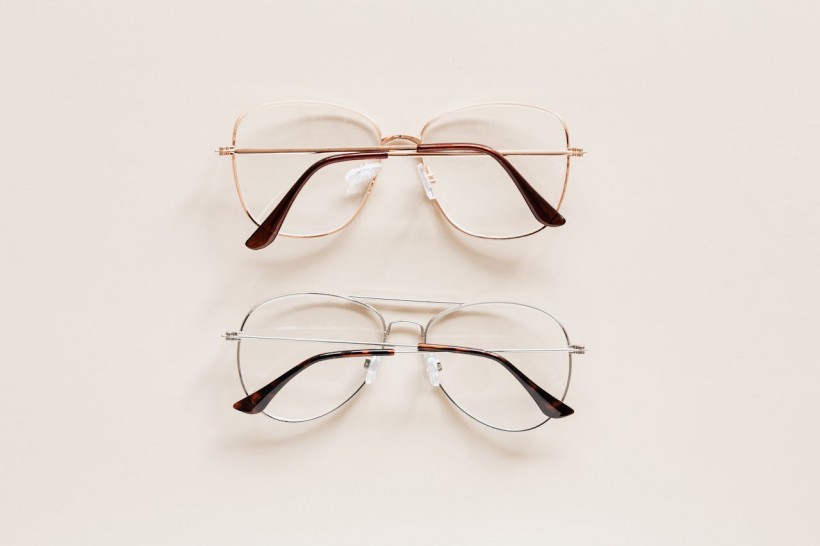
Though handy, modern technological advancements do more than just improve how we go about our day-to-day lives. They can also affect our health if left unchecked—with the eyes among the most vulnerable to the changes they've introduced. Take the fact that 90% of the world lives in areas suffering from poor air quality, primarily due to vehicular emissions and manufacturing processes. This issue affects more than just the lungs: air pollution makes you more likely to experience irreversible blindness due to a disease known as age-related macular degeneration.
Yet that's not all. An increased dependency on digital devices means people now spend more time looking at screens. Since our eyes weren't designed to focus on nearby objects for prolonged periods, increased screen time elongates the eyeballs and causes myopia (nearsightedness). As a result, the International Myopia Institute estimates that 50% of the global population will be diagnosed with the condition by 2050.
In other words, the number of people who need glasses will keep rising. Wearing these corrective aids is vital to prevent myopia from worsening—so if you've recently been diagnosed with it, you'll want to buy some specs ASAP. If it's your first time doing so, these tips can help you out.
Get a copy of your prescription.
The first and most important thing you need to do is to determine how much vision correction you actually need. Get an eye exam, so your optometrist can accurately measure how far you actually are from 20/20 vision. From here, be sure they give you a personal copy of your prescription that is in line with FTC law. This rule ensures you're not forced to buy your new eyeglasses directly from them after your exam. Instead, you can use your prescription to shop both in-store and online, compare prices, avail discounts, and even access style options your usual optometrist may not have in stock. That means you can then take advantage of this next tip:
Choose your frames.
It's crucial to emphasize how important regularly wearing glasses is to slow myopia progression, which is why you'll want to buy a pair with frames you actually like the look and feel of. First, select the right material. Clumsy individuals can try durable and comfortable frames made of polycarbonate, the more stylish can opt for sleek metal eyeglasses, and the eco-conscious may prefer specs made of more sustainable plastic alternatives like bio-acetate. From here, consider your face shape. Round glasses will soften angular jawlines, while square ones can sharpen rounder faces. If you want a more versatile option, try the Aviator eyeglasses originally popularized by Ray-Ban. Their iconic teardrop shape can suit multiple faces and stay stylish while providing vision correction, making it a good choice if you're having difficulty finding frames that look good on you. Regardless of what you pick, try them on in the store or virtually on eyewear sites to finalize your decision before checkout.
Consider add-ons.
Make the most of your eyewear by adding extra features to the lenses. Though these will count as additional expenses on top of the cost of your glasses, they can be worth investing in, depending on your lifestyle. The clumsy have another option here in scratch-resistant coatings, while people who spend a lot of time on computers can get a blue light-blocking tint that can preserve visual comfort while looking at screens. Even those who frequently drive at night can get anti-reflective coatings to shield against glare and stay safe on the road. However, UV protection is probably your biggest concern now that myopia means you can't see clearly with just sunglasses on. In this case, you may want to try Transitions eyeglasses, which use photochromic lenses pioneered by American manufacturer Transitions Optical. These darken immediately once you head outdoors and return to normal after you're back inside. That means you can benefit from both clear vision and 100% UV protection without compromising one or the other.
Leverage discounts and insurance plans.
Glasses can be expensive: though they usually cost around $200 here in the US, prices can skyrocket up to $1000 or more depending on where you're getting them. That's why, after deciding what combo of frames and lenses to go with your prescription, you'll want to shop around to compare prices. Stores like Warby Parker and even Target Optical all offer discount codes and promos you can use to slash that initial price tag. And if you've got insurance, you may be eligible for coverage with a myopia diagnosis. Depending on your Medicare plan, for example, you can get anywhere from 20% to 100% off on prescription glasses. Check with your provider to see how you can get your specs at a cheaper price.
© 2024 NatureWorldNews.com All rights reserved. Do not reproduce without permission.
* This is a contributed article and this content does not necessarily represent the views of natureworldnews.com





